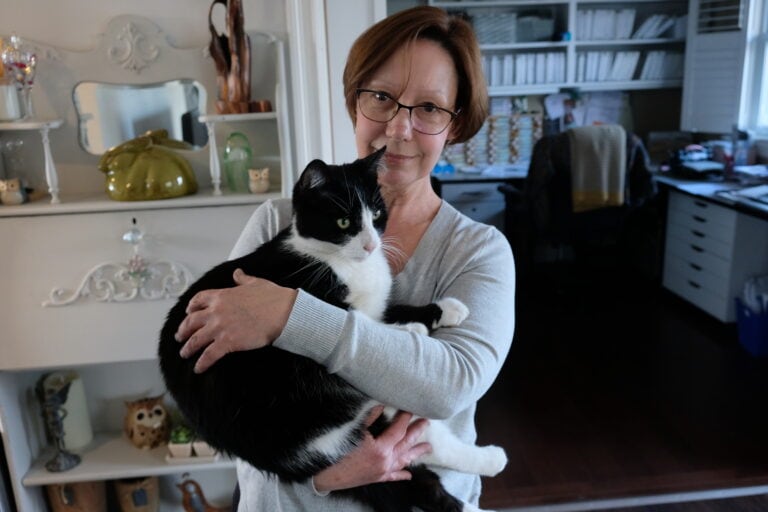Dear editor:
Today the province reported 40 deaths from COVID-19. If these people had died from a bus accident, plane crash, or by the hands of a shooter, their names, faces, life stories would be posted all over the media.
A mountain of flowers and tributes would be heaped somewhere. Instead, they are just an impersonal statistic. And therein lies one contributor to the current resistance to public health measures.
The pandemic has divided our world in so many ways. One colossal division is between those of us who are at arm’s-length from the carnage of COVID and the health care workers who aren’t; and between those of us who work at home and those who are employed in high person-contact settings.
The people who live with the daily fear that they may be gasping for oxygen tomorrow aren’t marching for their “freedom.” They’re fearing for their lives.
There’s my niece, a hospitalist physician in B.C. She’s the most fearless person I know, who as a young adult travelled by herself throughout the Third World. She’s afraid now, very afraid. Why? Because her world is not filled with impersonal statistics, but the concrete reality of COVID and its effects.
There’s also the young woman who was behind me at the triage desk the night I had to go to the hospital emergency room. Like me, she had to leave family and friends at the door.
She stood alone, eyes wide with fear, struggling to breathe. I both wanted to hug this stranger and hoped she’d be whisked out of my presence as quickly as possible. (She was.) Since that encounter, I’ve been prepared to do whatever it takes to not get what she had.
There’s a lot of frustration toward people marching maskless in the street – and I share that. For one thing, it probably extends my period of COVID-incarceration.
That said, I understand some of where they are coming from. We are all frustrated and looking for a righteous and visible reason to be angry. It’s hard to express anger at an invisible threat, especially when that threat is more present in others’ lives than ours.
There is also an information gap that can lead us to underestimate the gravity of the situation.
As it happens, I am a fan of statistics and my professional life relies on them. Even still, I know that statistics don’t bridge the gap between those protected from real knowledge of COVID and those who live with it daily. Nor does discussing the pandemic in a dispassionate tone with the occasional flash of smile to the camera.
Statistics provide cold information; emotion and stories convey meaning and significance. If we are to grasp the dire reality of this pandemic, we need to hear more stories of actual people who have suffered and died.
At a minimum, we need to see authentic, meaningful emotion in our experts and leaders. Why did Dr. Bonnie Henry become an international hero at the beginning of the pandemic? Because she wept on camera.
Forty people died yesterday in this province from COVID. If my circumstances were less privileged, it could have been me or one of the people I dearly love in this world.
If the choice were between my freedom to live as I used to or the lives of those I know and love — or my own life — that decision would be a no-brainer.
Instead, the choice is between my freedom and the lives of those I don’t know, but who are loved (I hope) by others. Should still be a no-brainer … but it would help if we were routinely given more meaningful information than impersonal statistics.
In the absence of that, though, let’s pause when we hear the daily toll and imagine that one of those nameless people is someone we’d dearly miss. It might make those COVID privations a little easier to bear.
Dr. Kathryn Belicki
Professor emeritus of psychology
Brock University










